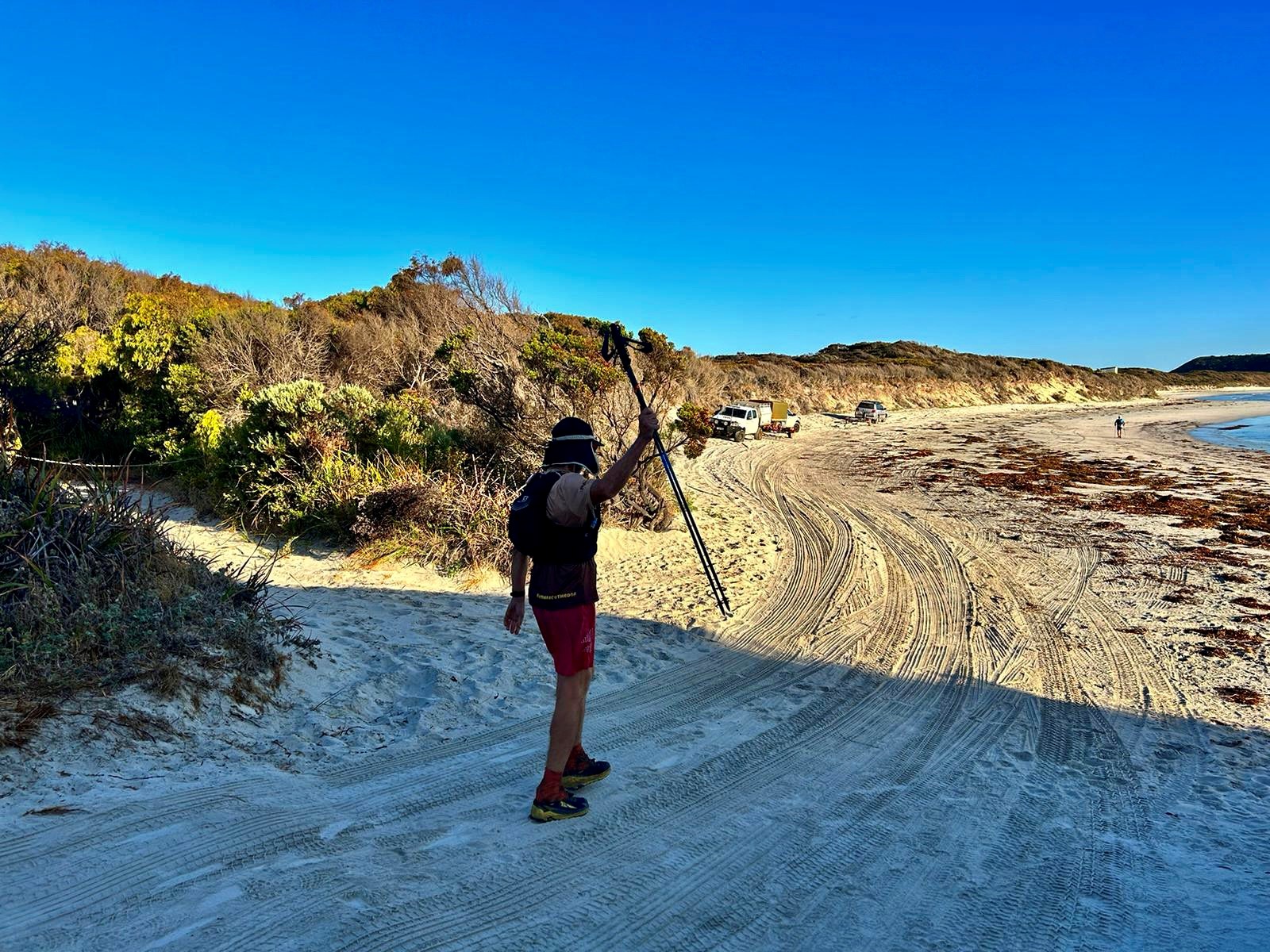Later that afternoon, sitting back after Christmas lunch, I began to feel uneasy but was not quite sure why. Suddenly it dawned on me. I thought: “I bet [Steve] Ovett’s out there doing his second training session of the day.” I put the kit back on, faced the snow and ice and did a second training session. I ran several miles, including some hill work.
Not long ago, over supper in Melbourne, I told him the story. He laughed. ‘Did you only go out twice that day?’ he asked.










